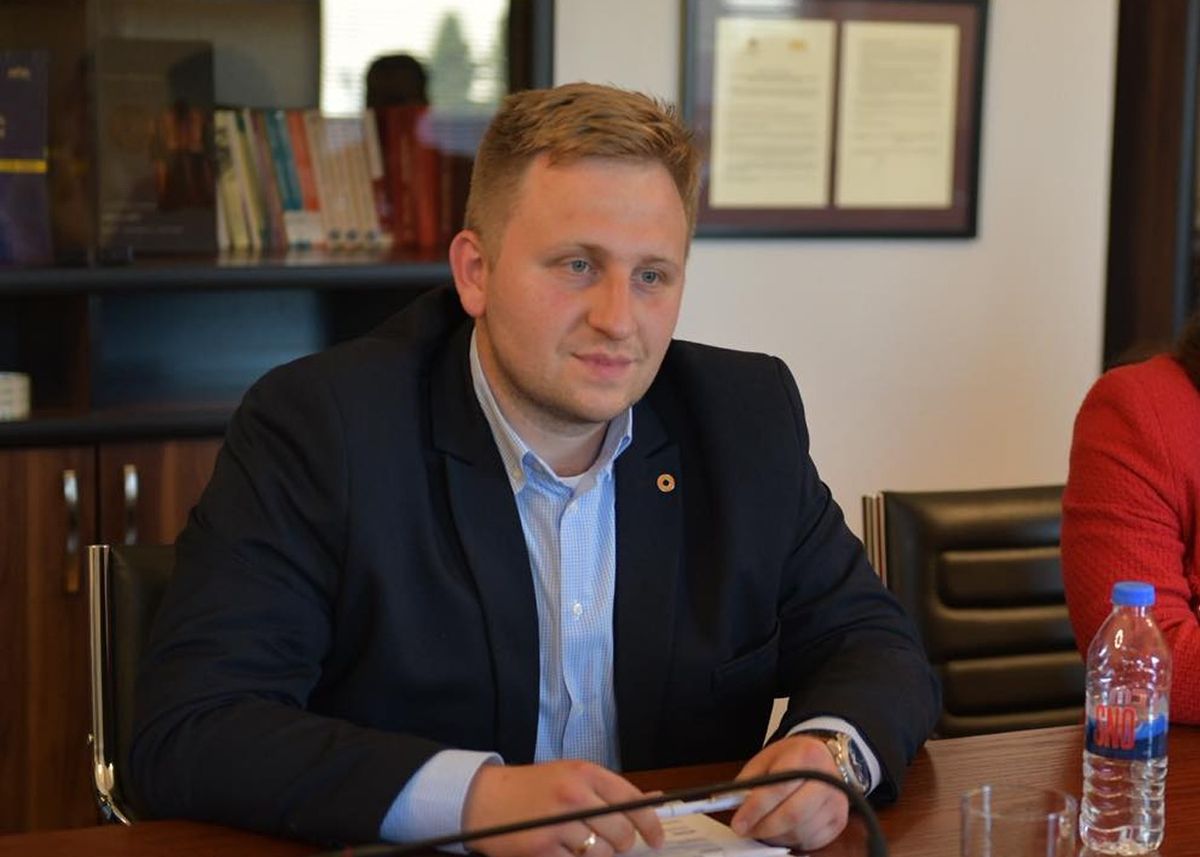A Fidelitas elnöke szerint nem hagyhatjuk, hogy jöttment tiszás politikusok döntsenek a mi sorsunkról!
– A napokban Ruszin-Szendi Romulusz nyíltan beszélt arról, hogy a magyar fiatalokat bármikor berántanák sorkatonának, ha háborúról van szó. Több mint aggasztó ez a kijelentés, hiszen tudjuk, hogy a Tisza Párt egy Brüsszelből pénzelt, háborút támogató párt. Brüsszelben elkészült egy háborús terv, aminek a lényege, hogy háborúba megyünk az oroszok ellen – mondta el egy, a budaörsi katonai temetőnél tartott sajtótájékoztatón Mohácsy István, a Fidelitas elnöke.

Ha a Tisza kormányra kerülne, magyar fiatalokat is az ukrán frontra küldenék. Így a választás tétje nem más nekünk, magyar fiataloknak, mint az, hogy meg akarunk-e halni Zelenszkij Ukrajnájáért? Azért jöttünk el a budaörsi katonai temetőhöz, mert ez tökéletesen reprezentálja azt, amit mi nem akarunk. Nem akarjuk fiatal társainkat ilyen, vagy ezekhez hasonló katonai sírokban látni
– jelentette ki a politikus. Hozzátette, sajnálatos módon a magyarság történelmében rengeteg olyan példa fellelhető, ami a fiataloknak elrettentésként szolgál.
Magyarországnak van egy profi hadserege, amit évek óta fejleszt a patrióta kormányzat, az országunk védelme érdekében. A sorkatonaság visszaállítása nem jelent megoldást az országunk védelmére, senkit nem szabad akarata ellenére arra kényszeríteni
– tette hozzá Mohácsy István. Kiemelte, éppen ezért Nem a sorkatonaságra! címmel petíciót indít a Fidelitas a kötelező sorkatonaság ellen. A petíciót a nemamihaborunk.hu oldalon lehet aláírni.
Arra buzdítunk mindenkit, hogy töltse ki a petíciót, mert ez egy olyan ügy, amiben hallatnunk kell a hangunkat és nem hagyhatjuk, hogy jöttment tiszás politikusok döntsenek a mi sorsunkról!
– zárta a beszédét a politikus.

